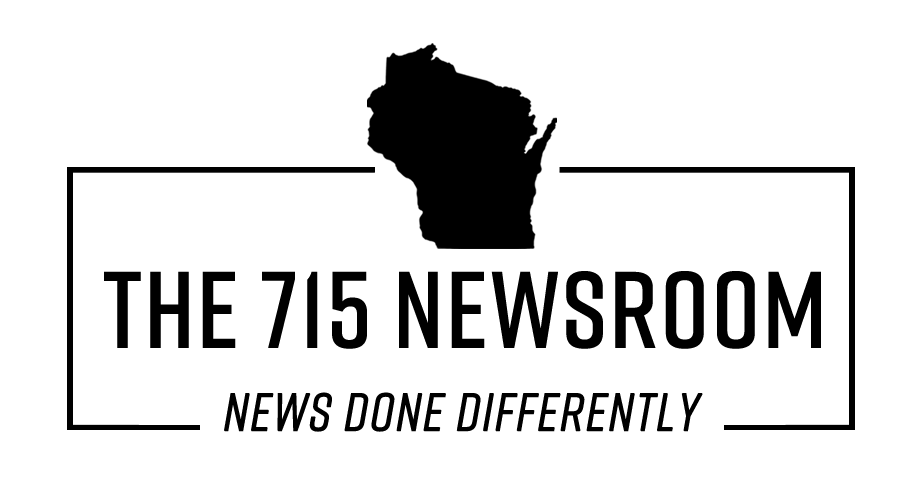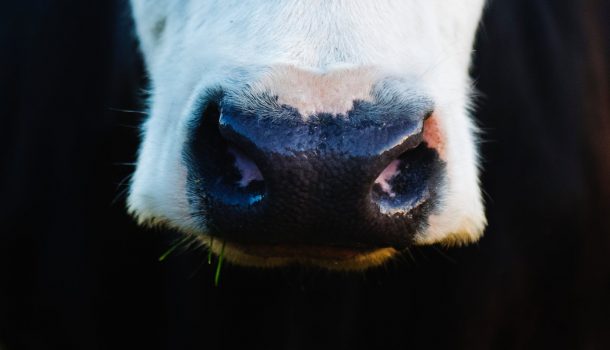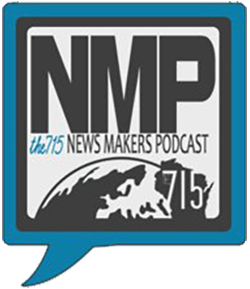“Farmers care about their land and keeping the soil healthy and the water clean,”
Dairy farmers’ sustainable practices are coming into greater focus as consumers pay more attention to a product’s carbon footprint.
Participants in a panel discussion at the 2024 Dairy Strong conference last month spoke about changes
in customer expectations and how they’re driving dairy supply chain stakeholders to work more closely
along the route from the farm to the fridge.
Farmers are part of a large supply chain that also includes processors and food manufacturers. As the go-between for farmers and manufacturers, dairy processors are doing what they can to help dairies be more sustainable, Holly Jones, director of global sustainability for Agropur, said.
“We hear from our customers (food manufacturers) that they want decreased greenhouse gases throughout the process, starting with the producer,” she said. “We’ve found that the majority of farmers are open to sustainability initiatives.”
Customers are asking processors for more information about a farm’s carbon footprint — how it is being measured and what steps can be taken to lower it, Jones said.
“The major food manufacturers are looking at the entire process their products go through and are concerned about the amount of carbon being released into the atmosphere since that’s a question their
consumers are asking about,” she said.
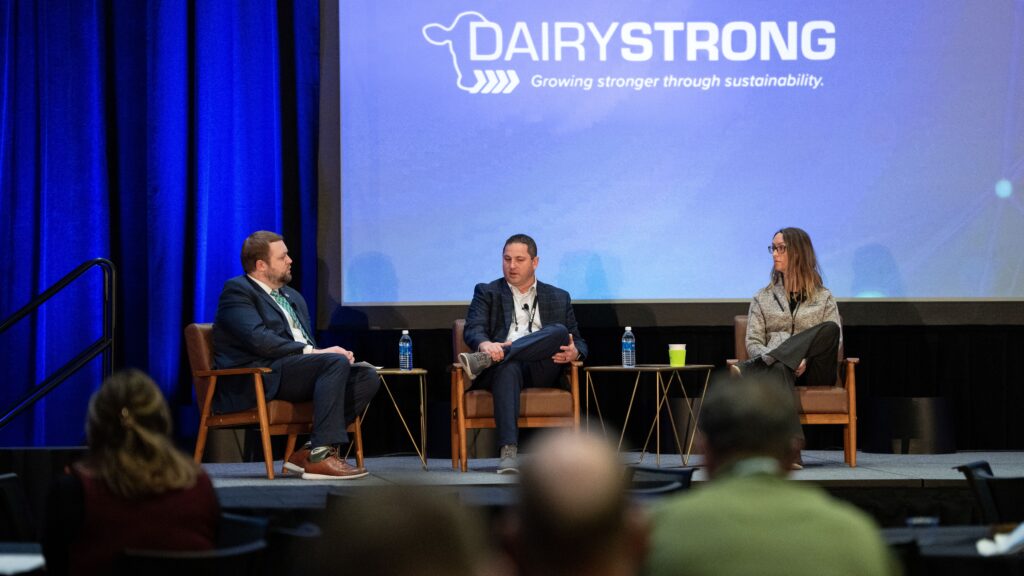
The good news is that farmers are interested in sustainability, said Evan Grong, dairy ingredients sales
manager for Valley Queen Cheese Factory in Milbank, S.D. When customers reach out about projects to
improve sustainability, the overall dialog has been good, he said.
“Farmers care about their land and keeping the soil healthy and the water clean,” he said.
Valley Queen uses the FARM Environmental Stewardship (FARM ES) model to measure a dairy’s carbon footprint, but it’s not exact, Grong said.
“They are looking at a new formula, but the key is to find the right balance. You want to gather
meaningful data, but you don’t want to overwhelm the producers,” he said.
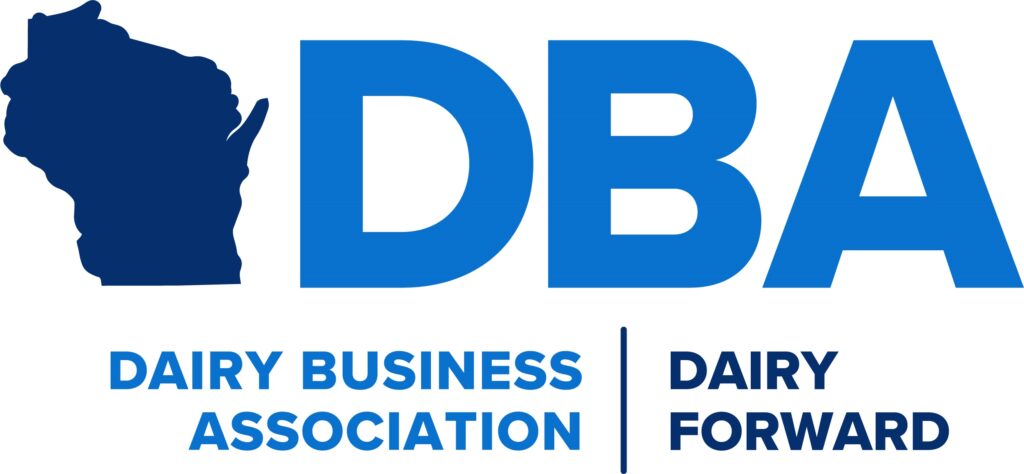
FARM ES metrics look at how much water a farm uses, what happens to animal waste and other farm activities, such as the use of cover crops or no-till practices. Benefiting from farmers’ carbon credits
As large companies are mindful of their carbon footprint, many are interested in purchasing carbon
credits or insetting their carbon output by supporting projects that reduce, avoid or remove emissions.
In the food industry, manufacturers are turning to the producers in their supply chains.
Farmers using no-till farming methods, planting cover crops or adopting other sustainable farming
practices improve soil health and better trap the carbon dioxide that plants draw out of the air and trap
it in the soil. That’s called a carbon intervention — an activity that prevents the emission of greenhouse
gas into the air that would otherwise be emitted. Carbon credits are created from carbon interventions
in the form of offsets, which are activities outside a company’s supply chain, or insets, which are
activities that take place within the supply chain.
Large food manufacturers seek to benefit from farmers’ carbon credits and turn to processors, like
Agropur and Valley Queen, for help. Jones said the companies have roadmaps of where they want to go
regarding their carbon footprint and ask Agropur to help farmers reach different emissions reduction
goals through special projects.
Grong said Valley Queen, in collaboration with Edge Dairy Farmer Cooperative, conducted a pilot on two
dairy farms to measure a crop’s carbon footprint from when the seed is first put in the ground to when
milk arrives at its processing plant.
Many dairies are already involved in the carbon business. An example would be a large farm that uses a
biodigester to send biogas to a pipeline and then sells those credits, Grong said.
“Carbon credits are a commodity that can be bought and sold. Change is coming fast. The goal for us is
to get a seat at the table for our producers,” he said.
This year’s Dairy Strong conference brought more than 400 attendees, including farmers representing
over 280,000 cows, and industry professionals to the KI Convention Center.
